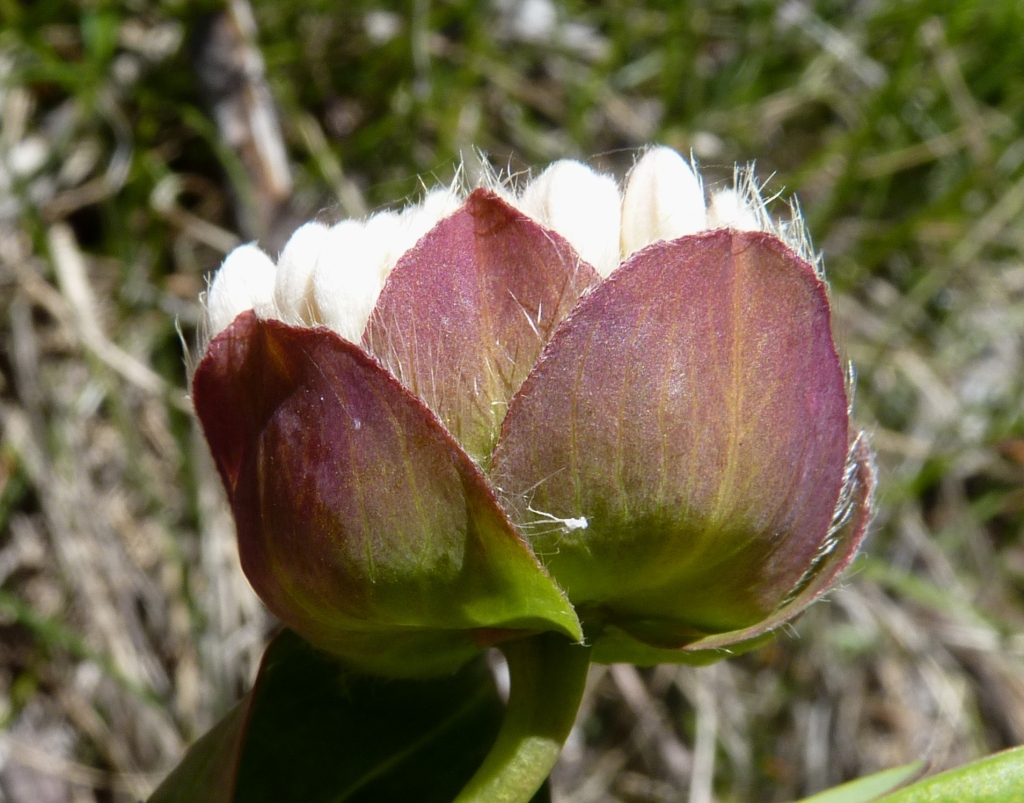Pimelea ligustrina
Labill.Shrub 0.2–3 m high; stems glabrous or sparsely hairy near inflorescence; nodes prominent. Leaves opposite, shortly petiolate, narrowly to broadly elliptic to lanceolate, 6–80 mm long, 2–25 mm wide, lower surface paler than upper, glabrous (except when very young); margins slightly recurved; lateral veins prominent below. Inflorescence terminal, a many-flowered head; involucral bracts 4–8, sessile, lanceolate to broadly elliptic, smaller than subtending leaves, 5–18 mm long, 3–14 mm wide, glabrous outside, at least partially hairy inside, fringed, persistent. Flowers bisexual or female, densely hairy outside, glabrous inside, white, rarely pinkish; floral tube 5–13 mm long, shortly hairy outside, ovary-portion also with long hairs, style-portion longer than ovary-portion, circumscissile above ovary; sepals spreading, 1–5 mm long, glabrous inside; pedicel hairy; stamens slightly shorter or slightly longer than sepals; anthers opening laterally or somewhat laterally; style exserted. Fruit dry, enclosed.
GleP, Brid, VVP, VRiv, GipP, OtP, WaP, Gold, CVU, GGr, NIS, EGL, EGU, WPro, HSF, HNF, OtR, MonT, HFE, VAlp.
The species is characterized by usually large leaves with prominent venation on undersurface and slightly recurved margins.
2 of 3 subspecies occur in Victoria. There is some intergradation between the 2 Victorian subspecies, but they rarely occur in the same habitat.
Entwisle, T.J. (1996). Thymelaeaceae. In: Walsh, N.G.; Entwisle, T.J., Flora of Victoria Vol. 3, Dicotyledons Winteraceae to Myrtaceae, pp. 912–930. Inkata Press, Melbourne.
 Spinning
Spinning


